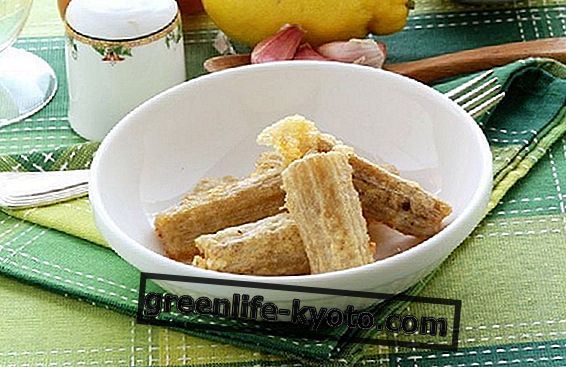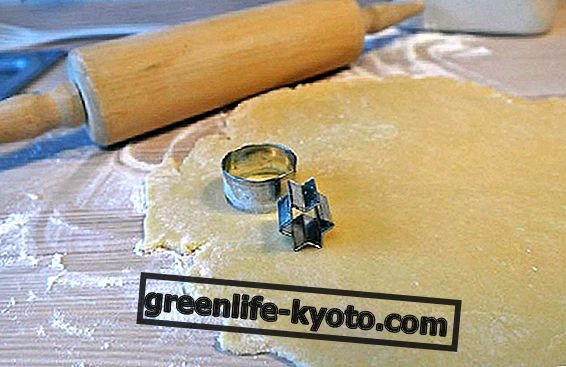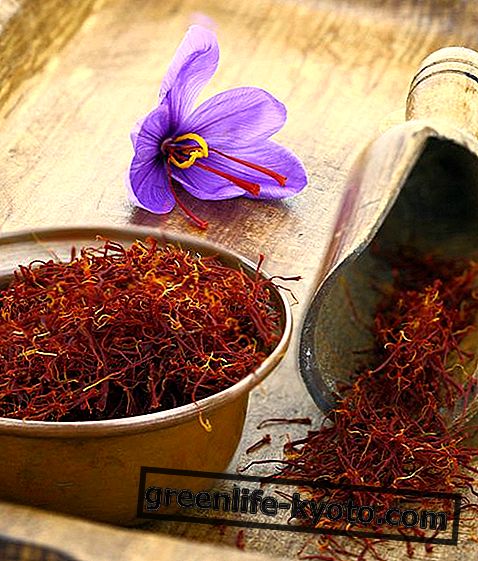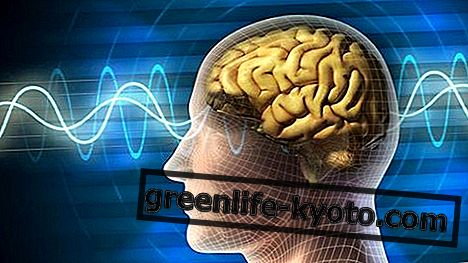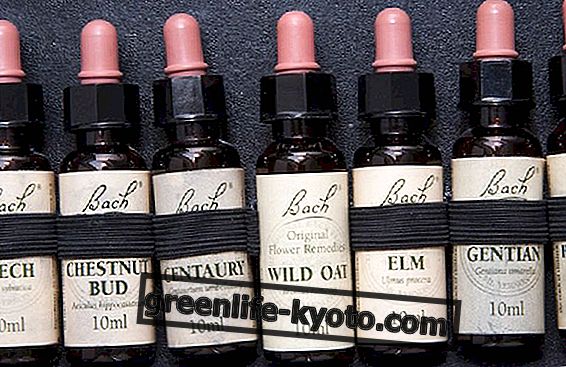
" The green fairy of absinthe wants your soul ..." Gary Oldman tells us in the role of a Dracula dandy in a 1992 film. Well, absinthe is a drink with a history inlaid with legends and anecdotes, some well-founded and others less so .
This is also due to the confusion that sometimes arose between the assumption of absinthe and that of laudanum, a tincture of opium, which often went hand in hand. This combination, with the addition of the customary sugar cube, was the favorite of poets, artists and all those who sought a temporary escape from reality, taking advantage of the effects of alcohol and those of opium alkaloids at one stroke.
For many years, this method of taking absinthe and laudanum was simply called "drinking absinthe", tout-court, leading to the banning, around 1915, of absinthe in various countries of the western world .
The thujone in wormwood
But is there anything true behind the rumors about the green fairy that would live pure absinthe without praising even giving it hallucinogenic powers? Well, besides alcohol, which in absinthe varies from a percentage of 45% to almost 80%, we find a monoterpene present in Artemisia absinyhium, the raw material of wormwood .
It is called tujone, it has a strong menthol scent, and it is psychoactive : it acts on serotonin receptors with effects not too dissimilar from those of some cannabinoids. In general, according to reports by consumer psychonauts, the effect of thujone taken through absinthe would be in some way comparable to that of oral cannabis.
Absinthe legislation
If two centuries ago the consumption of absinthe and laudanum were paramount and they had no opposition, as already mentioned a hundred years ago the drink was forbidden.
The return to the use of the "crystal mask" has also been analyzed by researchers (an interesting study is published by the scientific journal Taylor & Francis) as we are witnessing a reopening of the marketing and consumption of absinthe with special legislation in this regard : each country has its own and is based on the maximum quantity of thujone contained in the wormwood.
In the European Union, Artemisia absinthium- based drinks should not have more than 35mg of tujone per kilo .
The psychoactive effects of absinthe
Absinthe from the predecessors of Artemisia absinthium in the history of alcoholic beverages, already in Greece, in the first century, a similar drink was administered, together with honey, to cure fevers and colds .
Many properties have been attributed to absinthe over the centuries, many of which, quite inappropriately. Let's compare some of the psychoactive effects of absinthe with what is popularly said about it. First of all, experts tell us that attributing hallucinogenic effects to absinthe is exaggerated .
Undoubtedly alterations of perception and visions, which can range from geometric visuals to hypnagogic images, can depend largely on the massive intake of alcohol.
The thujone instead is responsible for sensations similar to the intake of cannabinoids, especially THC. The resulting overall effect is sometimes described as a lucid intoxication, with a form of pain-relieving sedation . In summary, according to reports, the absinthe would fall more into the category of the nebulisers-delirogens than of the hallucinogens proper.
There are also specific side effects that can be linked to excessive intake of wormwood. In the past, it used to be called absintism . Vision and hearing disorders, often considered visual or auditory hallucinations, are often referred to as so-called side effects or undesirable side effects.
In some cases, absinthe can cause a kind of seizures not attributable to alcohol alone. On the other hand, negative effects in the short, medium and long term, such as mental and brain damage, loss of mobility and other serious impairments, are often considered to be more related to alcohol abuse than to the effects of the tujone itself.
